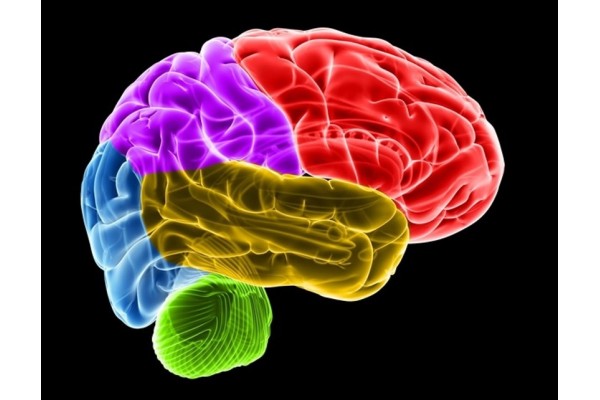New zebrafish model provides insight into how the brain acquires essential omega-3 fatty acids
May 10, 2023
Source: drugdu
 407
407

Researchers at the UCLA David Geffen School of Medicine, the Howard Hughes Medical Institute at UCLA and the National Institutes of Health have developed a zebrafish model that provides new insight into how the brain acquires essential omega-3 fatty acids, including docosahexaenoic acid (DHA) and linolenic acid (ALA). Their findings, published in Nature Communications, have the potential to improve understanding of lipid transport across the blood-brain barrier and of disruptions in this process that can lead to birth defects or neurological conditions. The model may also enable researchers to design drug molecules that are capable of directly reaching the brain.
Omega-3 fatty acids are considered essential because the body cannot make them and must obtain them through foods, such as fish, nuts and seeds. DHA levels are especially high in the brain and important for a healthy nervous system. Infants obtain DHA from breastmilk or formula, and deficiencies of this fatty acid have been linked to problems with learning and memory. To get to the brain, omega-3 fatty acids must pass through the blood-brain barrier via the lipid transporter Mfsd2a, which is essential for normal brain development. Despite its importance, scientists did not know precisely how Mfsd2a transports DHA and other omega-3 fatty acids.
In the study, the research team provides images of the structure of zebrafish Mfsd2a, which is similar to its human counterpart. The snapshots are the first to detail precisely how fatty acids move across the cell membrane. The study team also identified three compartments in Mfsd2a that suggest distinct steps required to move and flip fatty acids through the transporter, as opposed to movement through a linear tunnel or along the surface of the protein complex. The findings provide key information on how Mfsd2a transports omega-3 fatty acids into the brain and may enable researchers to optimize drug delivery via this route. The study also provides foundational knowledge on how other members of this transporter family, called the major facilitator superfamily (MFS), regulate important cellular functions.
The study was led by Tamir Gonen, Ph.D., of UCLA and Doreen Matthies, Ph.D., of NIH's Eunice Kennedy Shriver National Institute of Child Health and Human Development (NICHD). Additional funding for the study was provided by NIH's National Institute of General Medical Sciences (NIGMS) and the Howard Hughes Medical Institute.
Reference:
By editorRead more on
- Multiple batches of quadrivalent influenza virus split vaccine have been sub-packaged and submitted for lot release approval; expected to be released to the market soon after approval December 12, 2025
- Ab&B Bio-Tech CO., LTD. JS Lyophilized Human Rabies Vaccine Initiates Phase III Clinical Trials December 12, 2025
- The ‘Sweetest’ HPV Vaccine Market is Gone | Haibin Interview December 12, 2025
- InnoCare Pharma announced that its first independently developed next-generation TRK inhibitor, zoletrazinib, has been approved for marketing in China December 12, 2025
- Is PD-1/VEGF dual antibody + ADC becoming the standard configuration? December 12, 2025
your submission has already been received.
OK
Subscribe
Please enter a valid Email address!
Submit
The most relevant industry news & insight will be sent to you every two weeks.



